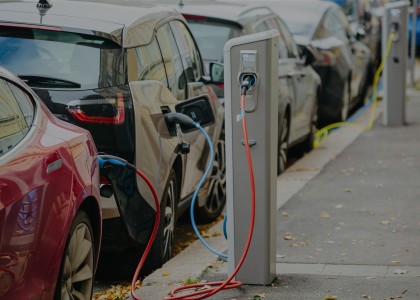The United States is currently faced with many challenges: finding ways to help Americans save money, decreasing the rate of unemployment, and battling global warming, all in the midst of an economic crisis. Energy efficiency is one of the most effective, short-term and long-term resources that can address all of these issues. The implementation of an Energy Efficiency Resource Standard (EERS) is a proven mechanism proven to encourage productive investments in greater levels of energy efficiency.
Energy efficiency is the cheapest, fastest, and cleanest source of energy. This report highlights the importance of energy efficiency and the various market barriers that have limited the use of energy efficiency, discusses current state actions, and explains how an EERS works to achieve large energy savings. Most importantly, this report summarizes the potential savings that the United States might attain through the adoption of a national EERS as determined by a recent ACEEE analysis and explains the methodology supporting the analysis.
The current proposals for a federal EERS, House of Representatives Bill 889 (H.R. 889), sponsored by Representative Edward Markey (D-MA), and Senate Bill 548 (S. 548), sponsored by Senator Charles Schumer (D-NY), are both known as the Save American Energy Act. These bills call for distribution utilities throughout the country to demonstrate 15% electricity savings and 10% natural gas savings by 2020.
The energy saved through the proposed federal EERS could power almost 48 million households in 2020, accounting for about 36% of the households in the United States. Moreover, this level of energy savings will save Americans almost $170 billion, create over 220,000 jobs and reduce greenhouse gas pollution by 262 million metric tons while eliminating the need to build 390 power plants. These and other impacts are summarized in the table below.
An EERS focuses on natural gas and electric utilities, encouraging continually increasing energy savings over time. Currently, nineteen states are implementing a state-based EERS. Policy actions at the federal level are necessary to strengthen the continued development and implementation of EERS at the state level and expand this policy to all 50 states.
Learn more about EERS and other potential energy legislation.




